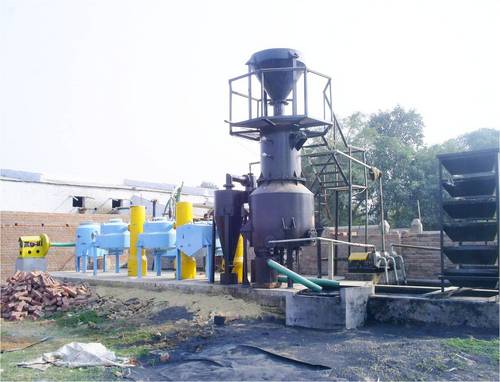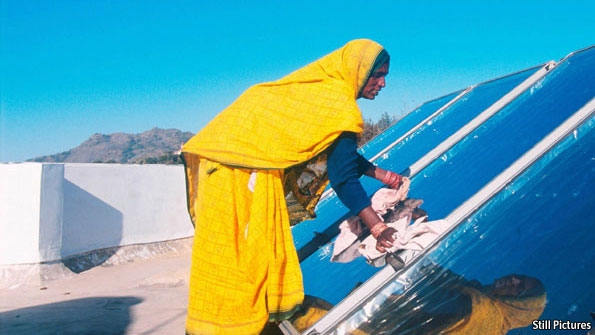 With over 1.2 billion people crammed into a little over 3.2 million square kilometers, India is not just experiencing overpopulation but population explosion. When you consider the fact that over 40% (and that’s a modest estimate) of this population has no access to the thousands of megawatts of electricity the country produces, it turns out to be a grim scenario. Forty percent of 1.2 billion is around half a billion people which is two-thirds more than the population of the United States or thrice the population of Brazil, each of which is thrice as large as India in terms of land area.
With over 1.2 billion people crammed into a little over 3.2 million square kilometers, India is not just experiencing overpopulation but population explosion. When you consider the fact that over 40% (and that’s a modest estimate) of this population has no access to the thousands of megawatts of electricity the country produces, it turns out to be a grim scenario. Forty percent of 1.2 billion is around half a billion people which is two-thirds more than the population of the United States or thrice the population of Brazil, each of which is thrice as large as India in terms of land area.
So, where’s all the power going to come from? It can’t come from a single source for sure and our policy planners are right in determining that it will have to be a mixed bag in which renewable energy will play a significant role. When we think of renewable energy sources, we are reminded of solar and wind energy. Forget the clean energy potential of these renewable energy sources for the time being and just consider the 40% of our people who still don’t have access to any power supply whatsoever. There’s a real possibility of providing power to this deprived 40% and wipe out the stigma of a country with sub-Saharan levels of energy delivery.
For a country blessed with blistering sunlight for about 280 days in a year, it is indeed a blessing from heaven. It is one power resource over which nobody can claim ownership (as yet) and it can be accessed by folks living even in the remotest areas as long as they can pool together the money required to install a solar power generating system. At present it takes around Rs. 1 to 1.5 lakh to install a 2 Kw solar power generating system which is good enough to meet the lighting needs of an average rural household for 25 years. The main problem is that the vast majority of those who don’t have access to grid power are so poor that they are years away from pooling even this minimum amount.
Lighting and domestic fuel covers the bulk of the energy needs of most the rural households. As it works like a DTH service minus the monthly recharge payment, the potential of lighting up the entire countryside of India with solar power is enormous. With the cost of installation expected go down and rationalize to a level where it will be within the reach of most people, the solar power market is headed for unprecedented growth. It won’t be an exaggeration to say that electricity for domestic use will be powered mainly by solar energy. The only recurring cost is the battery replacement every two years in addition to periodic maintenance in yearly to bi-yearly frequency.
India has made steady progress in wind power generation and boasts of the fifth largest installed capacity of over 21,262 Mw, globally. In fact one of the biggest companies manufacturing wind mills, is Suzlon Energy, an Indian company which also specializes in building and running wind farms. The total wind power potential in India is in excess of 1 Lakh Mw, which means that India has merely utilized one-fifth of that potential till date. Unlike solar power, wind power is too expensive and cumbersome for individual households to tap; it is capital intensive and is feasible only for mass production.
Yet another major source of renewable energy is the gasifier based power generating micro plants that run on biomass, a term used to define the aggregate of organic farm and domestic waste. The collected waste is treated to produce methane in specially constructed micro gasifier plants which can produce as much as 1000 Kw of electricity. This is enough to meet the power requirements of 500 households besides throwing up a viable option to tackle India’s visibly intractable waste management problem. It has worked to be a win-win deal wherever it has been tried and now it is just a question of government policy orientation and willingness to drive this enormous potential toward its logical goal.


